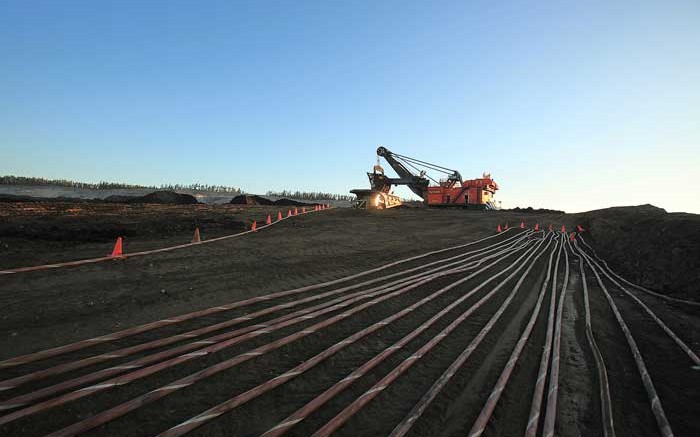The Canadian Association of Petroleum Producers is forecasting that output from Alberta’s oilsands will reach 4.8 million barrels per day (bpd) by 2030, which is 400,000 bpd lower than its forecast last year, due largely to project costs and available capital.
Canada’s main oil and gas lobbying group expects production from the oilsands will grow from 1.9 million bpd in 2013 to 2.3 million bpd in 2015, 3.2 million bpd in 2020 and 4.8 million bpd in 2030 — an average annual growth of 170,000 bpd, or an increase of 2.5 times over 2013 levels, according to its most recent Crude Oil Forecast, Markets & Transportation report, released each year in June.
Much of the growth will be attributable to in-situ production. Of the 1.9 million bpd produced from the oilsands last year, 850,000 bpd came from mining and 1.1 million bpd from in-situ projects, the report states. By 2030, the association forecasts mining production will increase to 1.6 million bpd and in-situ production will grow to 3.2 million bpd.
Alberta’s oilsands hold 167 billion barrels of crude oil reserves, or more than 97% of the country’s total crude oil reserves, and are the main source of growth. CAPP estimates that industry capital spending on oilsands development in 2014 will reach $29 billion, which is $2 billion more than the estimated expenditure in 2013.
In addition, CAPP estimates that 1.1 million bpd — or 55% of the total bitumen produced in Canada last year — was upgraded, and expects these numbers will climb to 1.5 million bpd by 2030.
In Alberta, five bitumen upgraders produce a variety of products: light sweet crude and medium sour crudes, including diesel, at Suncor; light sweet synthetic crude from Syncrude, Canadian Natural Resources and Nexen; and an intermediate refinery feedstock as well as sweet and heavy synthetic crude at Shell.
CAPP does not believe Canada’s upgrading capacity will rise with bitumen production growth for a number of reasons, including high capital costs to build upgraders “and the need for a sustained differential between light and heavy crude oil of at least $25 per barrel.”
It is also hard for new upgraders “to compete with the option of transporting heavy crude oil to existing refineries located throughout North America, with spare coking capacity that are able to refine such heavy crudes,” the report states.
“If it is not upgraded, bitumen is so viscous at its production stage that it needs to be diluted with a lighter hydrocarbon or diluent to create a type of crude that meets pipeline requirements,” CAPP states in its report. “Bitumen at ten degrees Celsius has the consistency of a hockey puck. Less diluent is required when bitumen is moved by rail, where it is transported in heated rail-tank cars that lower the viscosity of the bitumen.”
Crude oil production as a whole in Canada (conventional and oilsands) is expected to grow from 3.5 million bpd in 2013 to 6.4 millon bpd in 2030. That forecast is down from CAPP’s projection last year of 6.7 million bpd in 2030, but remains a strong growth trajectory.


Be the first to comment on "CAPP’s outlook for oilsands growth through 2030"